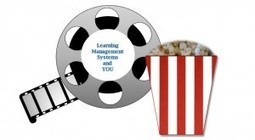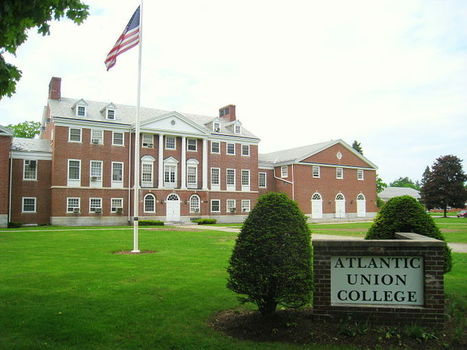This new SCUP book will be published at SCUP–48 in San Diego, July 27–31. Several of the authors will be available for discussion at 4:15 pm on Sunday, July 28.
Transforming in an Age of Disruptive Change
by Donald Norris, Robert Brodnick, Paul Lefrere, Joseph Gilmour, Linda Baer, Anne Hill Duin, and Stephen Norris
We begin with a simple thesis: American Higher Education is facing an Age of Disruptive Change – as are all other industries. Higher education needs to realign its programs and experiences to the needs and changing value propositions expected by learners, their families, employers, public policy makers, and other stakeholders in these new conditions. In this context, there are six major challenges facing higher education at this time.
Via
Society for College and University Planning (SCUP)



 Your new post is loading...
Your new post is loading...











